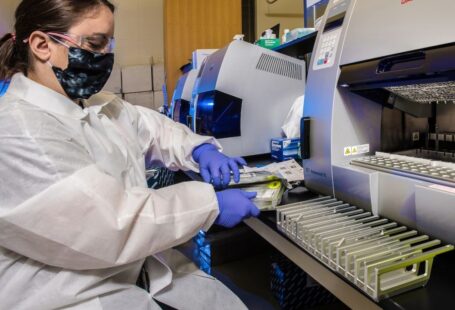The use of Zirconia in 3D printing has become increasingly popular as an alternative to other materials like metals, plastics, and ceramics. Zirconia is a type of ceramic material that has high strength and hardness, making it an ideal choice for 3D printing applications. This article will explore the benefits and limitations of using Zirconia in 3D printing.
Advantages of Zirconia in 3D Printing
One of the biggest advantages of using Zirconia in 3D printing is its strength and hardness. Zirconia is a very hard material with a hardness rating of 8.5 on the Mohs scale, making it much harder than most 3D printing materials. This makes it ideal for applications where strength and durability are important, such as aerospace and medical components.
Another benefit of Zirconia is its high thermal stability. Zirconia is able to withstand temperatures up to 2,200 degrees Celsius, making it suitable for applications where extreme heat is present. This makes it a great choice for jet engines and other high-heat applications.
In addition, Zirconia is highly resistant to corrosion, making it an excellent choice for manufacturing parts used in water-based environments. This makes it a great material for marine and underwater applications such as boat parts and underwater vehicles.
Limitations of Zirconia in 3D Printing
Although there are many advantages to using Zirconia for 3D printing, there are also some limitations. One of the biggest drawbacks is the cost of the material. Zirconia is more expensive than other 3D printing materials, making it less cost-effective for mass production.
Another limitation of Zirconia is its brittleness. While it is strong and hard, it is also brittle, making it prone to breaking and cracking under stress. This can make it difficult to use in applications where flexibility is important.
Finally, Zirconia is not as easy to work with as other 3D printing materials. It is a very dense material, making it difficult to print with traditional 3D printers. Specialized 3D printers with high-precision components are required to accurately print with Zirconia.
Conclusion
Overall, Zirconia is an excellent material for 3D printing, with many advantages over other materials. It is strong, hard, and highly resistant to corrosion, making it ideal for applications where strength and durability are important. However, it is also expensive, brittle, and difficult to work with, making it less suitable for mass production and applications where flexibility is important.





